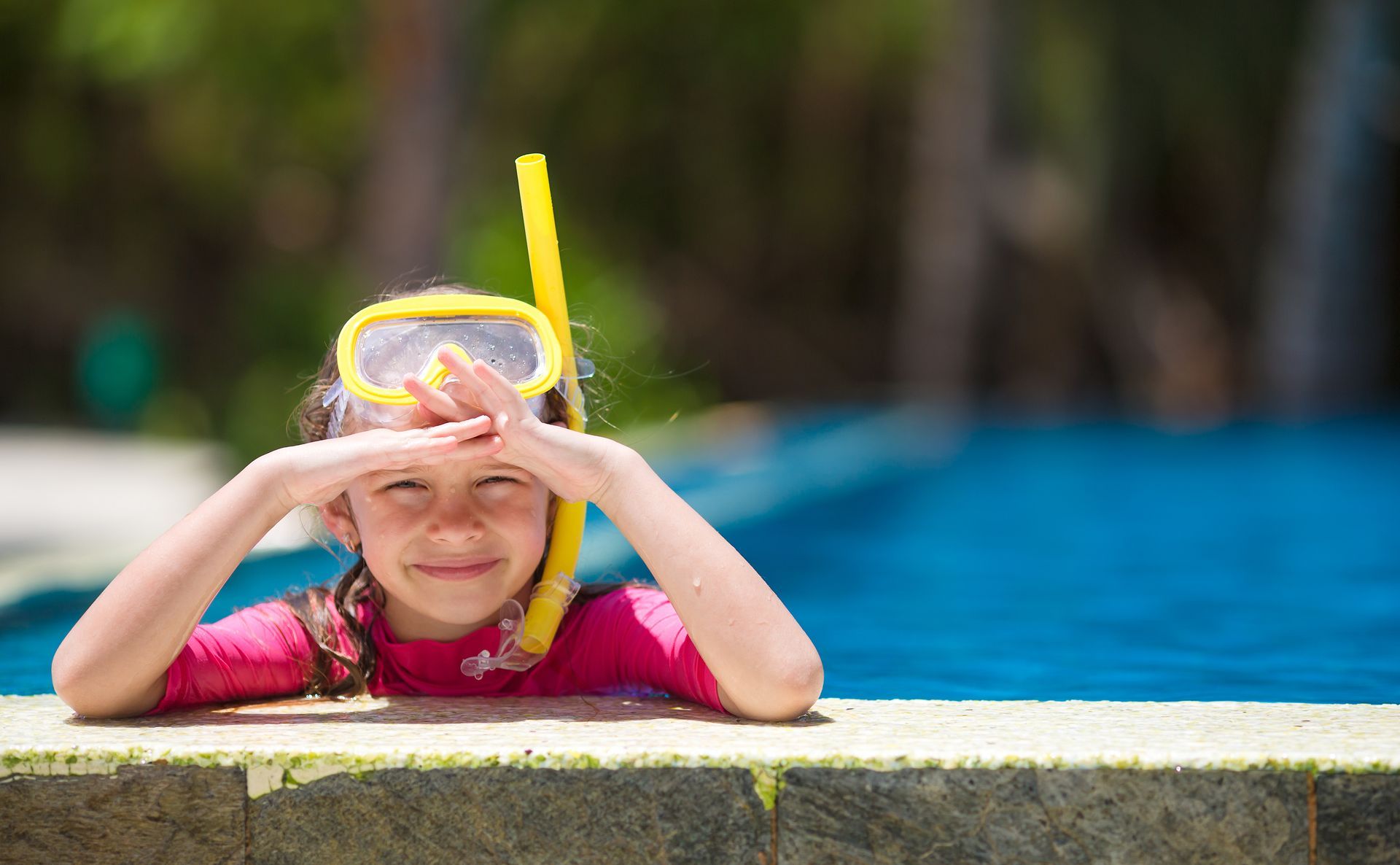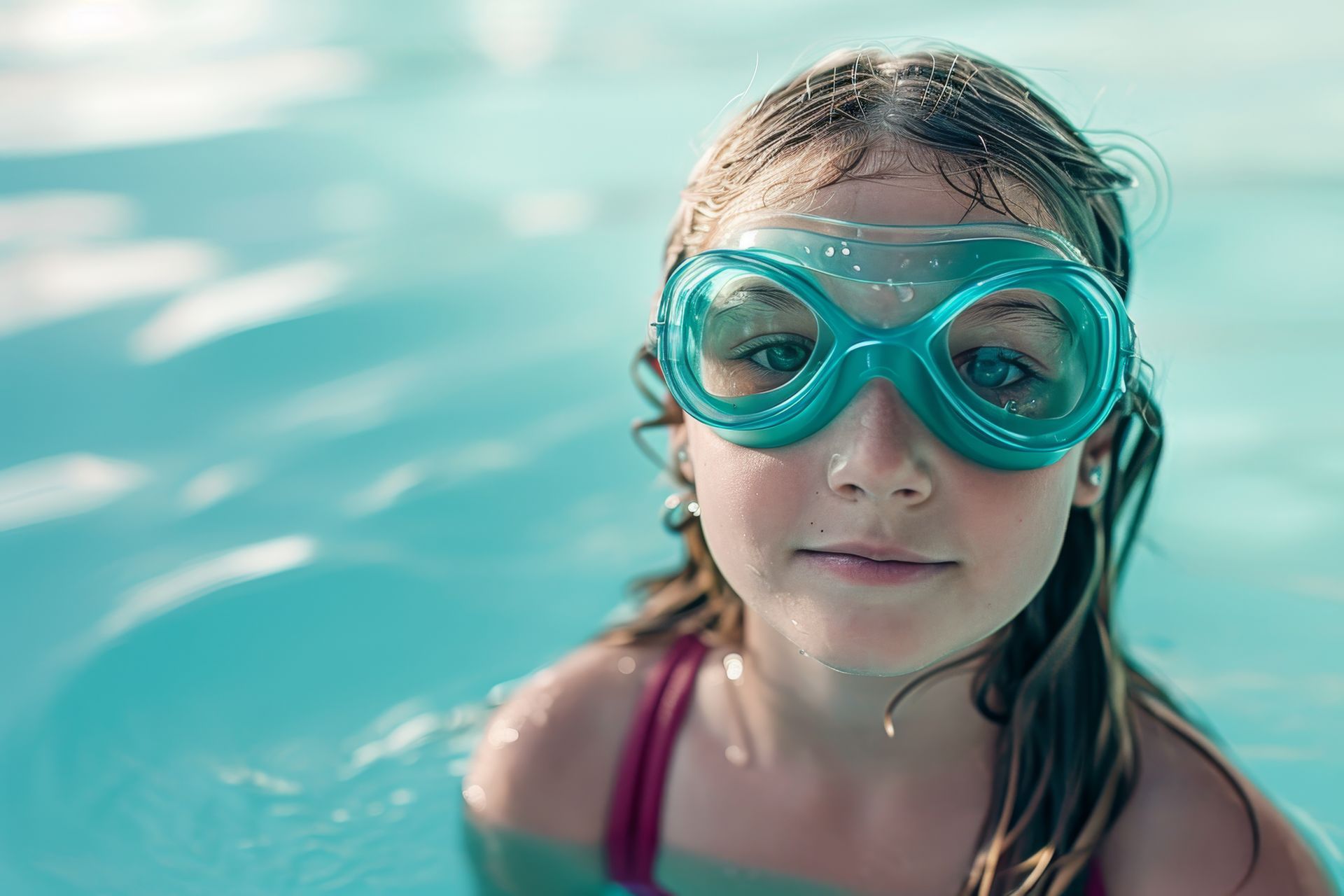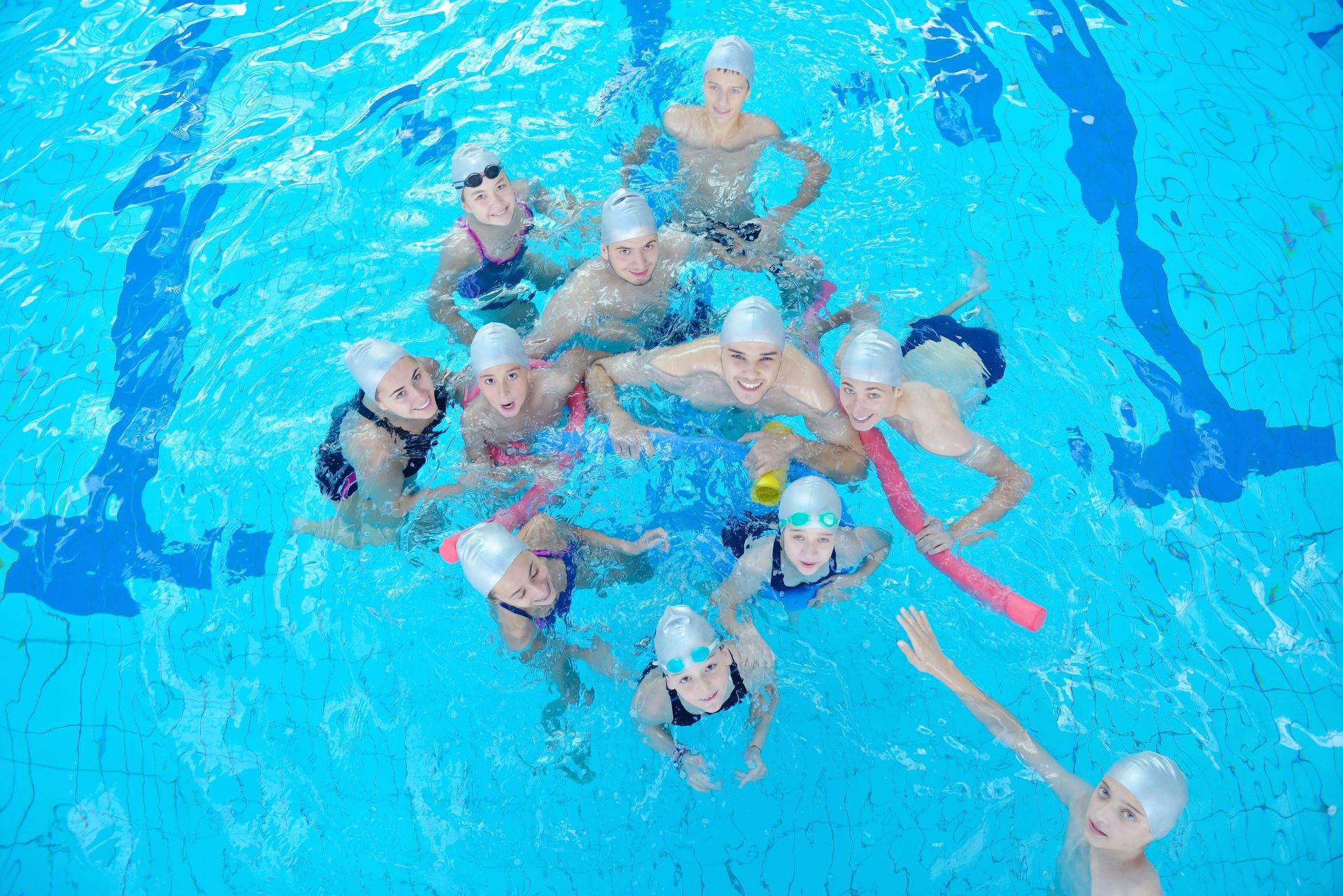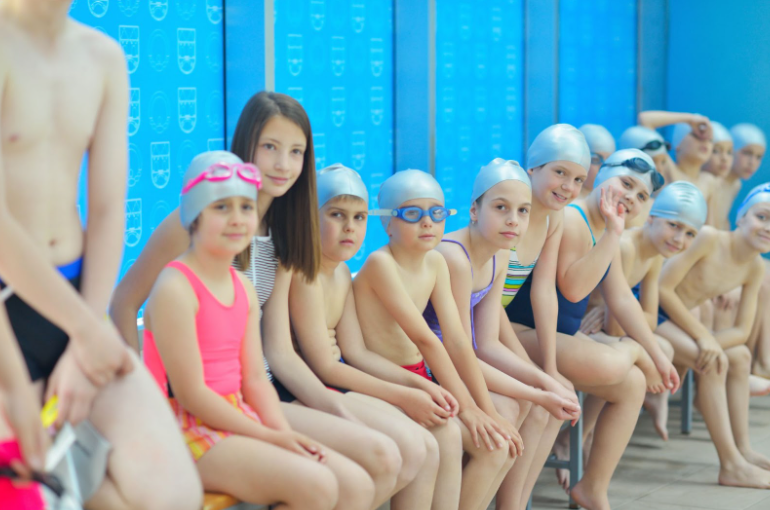Winter Swimming

TRUE OR FALSE: Involving a child in swimming during the winter will cause the child to have an excessive amount of colds and other illnesses. They catch cold from going outside with a “wet head”.
The answer: a most resounding FALSE!
The TRUTH: The benefits of winter swimming for children far outweigh the risk.
As we prepare for our winter sessions each year, I notice that some of our parents take their children out of class “as a precautionary measure”. They are convinced that their child will catch cold or the flu from being in the pool and getting wet during the winter.
Moms and Dads, ask your pediatricians. Getting colds and flu from exposure to cold air during the winter is just an old wives’ tale. There is no scientific evidence that this is a factor. Colds and flu are transmitted by casual contact with an infected person. There is more likelihood they will catch a cold or flu from a sibling than from swimming. One rule of thumb to follow: if your child is sick, keep him/her home to minimize exposure to others. This common sense rule applies ANY time of the year.
What are the benefits of winter swimming? Plenty! Children who swim through the winter maintain continuity and increase their skill levels as they practice each week. Physical fitness is increased, and children who swim year round actually tend to be healthier than their non-swimming counterparts. How, you ask? Consider the excellent health benefits that can be obtained by year round swimming at any age.
- The deep breathing that occurs in swimming helps keep the lungs clear of accumulated mucous, reducing the chance of respiratory problems. In fact, swimming is a preferred exercise for asthmatics because of the warm, moist environment we maintain. The type of deep breathing that occurs in swimming helps to pump the cerebrospinal fluid through the body, assisting the body in maintaining a high intake of oxygen to the brain and the blood.
- The body’s internal cleaning system is governed by the lymph system. Lymph is a milky liquid that transports toxins from the cells to the blood, which, in turn, releases them out of the body through the lungs, kidneys, intestines and skin. There is twice as much lymph in the body as there is blood, and it is transported through the body by the action of muscles instead of the heart. Thus, movement of the muscles is imperative to a healthy body. And how do we move our muscles? EXERCISE!
- It is amazing to watch young children enjoy themselves in the water. Even our youngest babies have a look of sheer pleasure on their face. Research has shown that when we enjoy ourselves, the brain produces very powerful biochemicals called endorphins, which are the strongest painkillers known to mankind. Not only do endorphins ease pain, they boost the immune system, which is a vital part of staying healthy during the cold, winter months.
Stress affects the immune system of everyone. Love, laughter and thirty minutes of swimming in a warm water environment are a great relief valve for anyone!
So, parents, here’s the prescription for a happy, healthy child this winter:
Keep them home when they are sick.
Dress them warm by layering when it’s cold outside—hats on, because 70% of the body’s heat is lost through the top of the head. Several layers will insulate better than one big, thick layer. If they are shivering in the pool, relax. The water at all our pools is a warm 86-89 degrees. Young children shiver because of their low volume of insulation—better known as body fat. Try a swim cap or a wet suit – it will help keep them warm and minimize the “shivers”.
Feed them a nutritionally sound diet—really push those fruits and vegetables!
Keep them physically active by enrolling them in swim class at SwimJim—where you will find excellence in aquatic education!
The post Winter Swimming appeared first on Swim Jim.







